Introduction
Non-fermented tea, often referred to as “unfermented tea” or “green tea” in many contexts, represents one of the oldest and most widely consumed categories of tea globally. Unlike its fermented counterparts, such as black tea or oolong tea, non-fermented tea undergoes minimal oxidation during processing, preserving its natural green color, fresh flavor, and high antioxidant content. This article explores the definition, production methods, varieties, and health benefits of non-fermented tea, shedding light on why it has remained a beloved beverage across cultures for millennia.
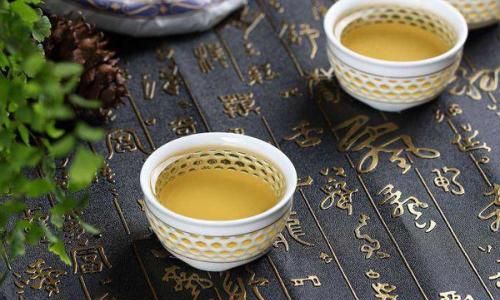
What Is Non-Fermented Tea?
Non-fermented tea is derived from the leaves of the Camellia sinensis plant, the same species used to produce all true teas. The term “non-fermented” refers to the absence of significant enzymatic oxidation, a process that alters the chemical composition and appearance of tea leaves. In fermented teas, oxidation is intentionally induced through rolling, crushing, or exposure to moisture and air, leading to darkening of the leaves and the development of robust flavors. Non-fermented tea, however, is processed to halt oxidation almost immediately after harvesting, locking in its vibrant green hue and delicate taste.
The Science Behind Non-Fermentation
The key to producing non-fermented tea lies in inhibiting the enzyme polyphenol oxidase, which triggers oxidation. This is typically achieved through a step called “fixation” or “kill-green,” where the leaves are exposed to heat—either by steaming, pan-frying, or baking—to deactivate enzymes. By contrast, fermented teas skip this step, allowing oxidation to proceed naturally. The result is a tea with a grassy, vegetal, or slightly astringent flavor profile, depending on the variety and growing conditions.
Production Process of Non-Fermented Tea
The journey from tea leaf to cup involves several meticulous steps, each influencing the final product’s quality and characteristics.
- Plucking: Only the youngest leaves and buds are harvested, typically during spring when nutrients are most concentrated.
- Withering: Freshly picked leaves are spread out to reduce moisture content slightly, though this step is brief compared to fermented teas.
- Fixation: The critical step where oxidation is halted. Leaves are heated to around 80–90°C (176–194°F) using steam (common in Japanese teas like Sencha) or dry heat (as in Chinese Longjing).
- Rolling: The leaves are shaped into curves or needles, breaking cell walls to release flavor oils.
- Drying: Final moisture removal occurs in ovens or pans, stabilizing the leaves for storage.
Types of Non-Fermented Tea
Non-fermented tea encompasses a diverse range of styles, each with unique regional origins and production techniques.
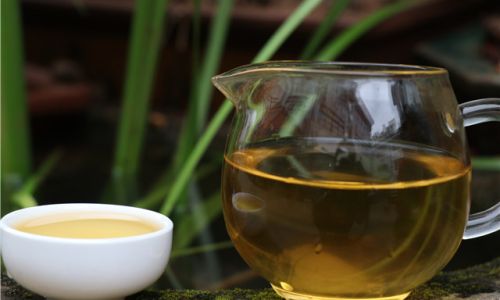
-
Green Tea
The most ubiquitous non-fermented tea, green tea is produced worldwide, with notable variations including:- Chinese Green Teas: Examples include Dragon Well (Longjing), Biluochun, and Gunpowder. These often feature pan-fired fixation, yielding toasty, nutty flavors.
- Japanese Green Teas: Such as Sencha, Gyokuro, and Matcha. Steamed fixation imparts a vibrant green color and fresh, seaweed-like umami notes.
-
White Tea
Though sometimes categorized separately, white tea is minimally processed and non-fermented. Made from young buds and leaves, it undergoes minimal withering and drying, resulting in a subtle, floral taste. Varieties like Silver Needle (Bai Hao Yinzhen) and White Peony (Bai Mu Dan) are prized for their delicate profiles. -
Yellow Tea
A rare and traditional Chinese tea, yellow tea undergoes a unique “sealed yellowing” step after fixation, where leaves are wrapped in paper to encourage slight oxidation. This imparts a mellow, sweet flavor with notes of honey and hay. -
Purple Tea
A newer variety cultivated in Kenya and India, purple tea leaves contain anthocyanins—antioxidants also found in blueberries—giving them a purple hue. Processed like green tea, it offers a mild, woodsy taste.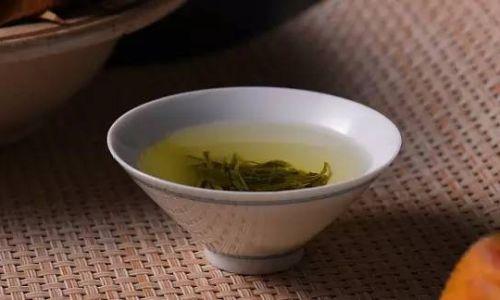
Health Benefits of Non-Fermented Tea
Non-fermented tea’s minimal processing preserves bioactive compounds like catechins, flavonoids, and polyphenols, which contribute to its health-promoting properties.
-
Antioxidant Powerhouse
Catechins, particularly epigallocatechin gallate (EGCG), combat oxidative stress, reducing the risk of chronic diseases such as heart disease and cancer. Studies suggest EGCG may inhibit cancer cell growth and improve cardiovascular health. -
Metabolism and Weight Management
Some research indicates that non-fermented tea may boost metabolic rate and fat oxidation, aiding in weight loss efforts when combined with a balanced diet and exercise. -
Brain Health
L-theanine, an amino acid abundant in non-fermented tea, promotes relaxation without drowsiness, while caffeine provides mild stimulation. This combination enhances focus and alertness, making it a popular choice for cognitive tasks.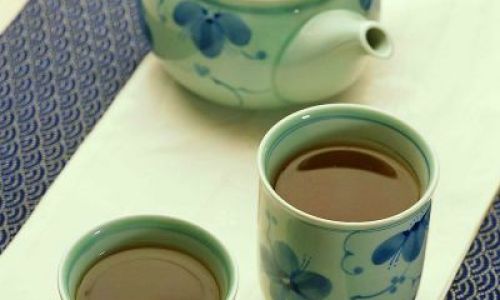
-
Oral Health
Catechins possess antimicrobial properties that inhibit plaque formation and reduce bad breath. Regular consumption may lower the risk of cavities and gum disease. -
Anti-Inflammatory Effects
Chronic inflammation is linked to conditions like arthritis and diabetes. Polyphenols in non-fermented tea help modulate inflammatory responses, potentially alleviating symptoms.
Cultural Significance
Non-fermented tea holds deep cultural importance in Asia, where it has been revered for centuries.
- Chinese Tea Ceremonies: In China, green tea is central to Gongfu Cha, a ritualistic brewing method emphasizing precision and mindfulness.
- Japanese Chanoyu: The Japanese tea ceremony, or Chanoyu, revolves around Matcha, a powdered green tea. It symbolizes harmony, respect, and tranquility.
- Modern Global Appeal: Today, non-fermented tea is embraced worldwide for its perceived health benefits and versatility in beverages like iced tea, lattes, and smoothies.
Brewing the Perfect Cup
To fully appreciate non-fermented tea’s nuances, proper brewing techniques are essential.
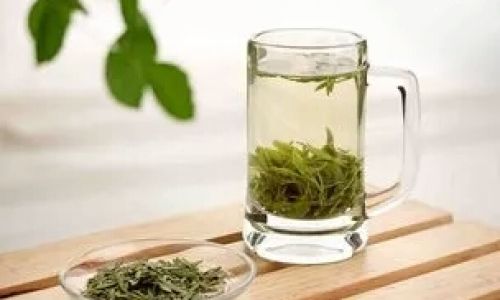
- Water Temperature: Use water around 70–80°C (158–176°F) to avoid scorching delicate leaves. Boiling water can result in bitterness.
- Steeping Time: Steep for 1–3 minutes, depending on the variety. Oversteeping may extract tannins, causing astringency.
- Tea-to-Water Ratio: Aim for 1 teaspoon of loose leaves per 8 ounces of water. Adjust to taste.
Common Misconceptions
- All Green Teas Taste the Same: Flavor varies widely based on terroir, cultivation, and processing. Japanese Sencha differs markedly from Chinese Longjing.
- Non-Fermented Tea Is Caffeine-Free: While lower in caffeine than coffee, it still contains approximately 20–45 mg per cup, depending on brewing time.
- Older Leaves Are Better: Quality non-fermented tea uses young leaves and buds, which are more tender and flavorful.
Conclusion
Non-fermented tea is a testament to the art and science of tea production. Its minimal processing preserves nature’s bounty, offering a beverage rich in history, culture, and health benefits. Whether enjoyed in a traditional ceremony or a modern latte, non-fermented tea continues to captivate palates and promote well-being across the globe. By understanding its origins and proper preparation, enthusiasts can deepen their appreciation for this ancient elixir.
Final Thoughts
As research unfolds, non-fermented tea’s potential in promoting longevity and disease prevention becomes increasingly evident. Its adaptability in culinary applications—from savory dishes to desserts—further cements its place as a versatile and cherished ingredient. For those seeking a balance of tradition and modernity, non-fermented tea remains an enduring symbol of refinement and vitality.



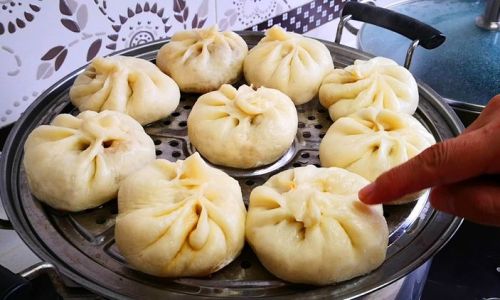
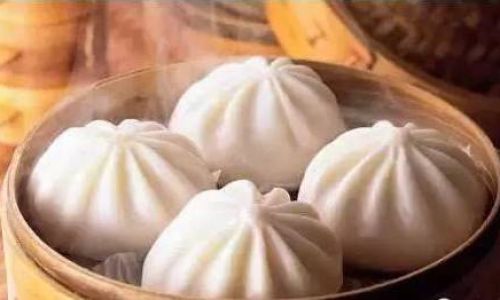
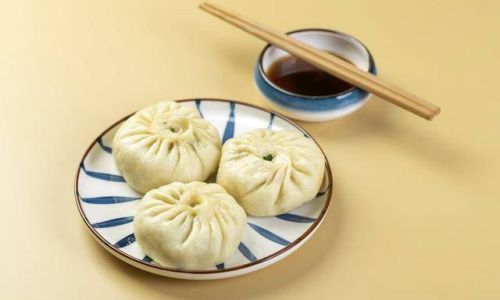
0 comments